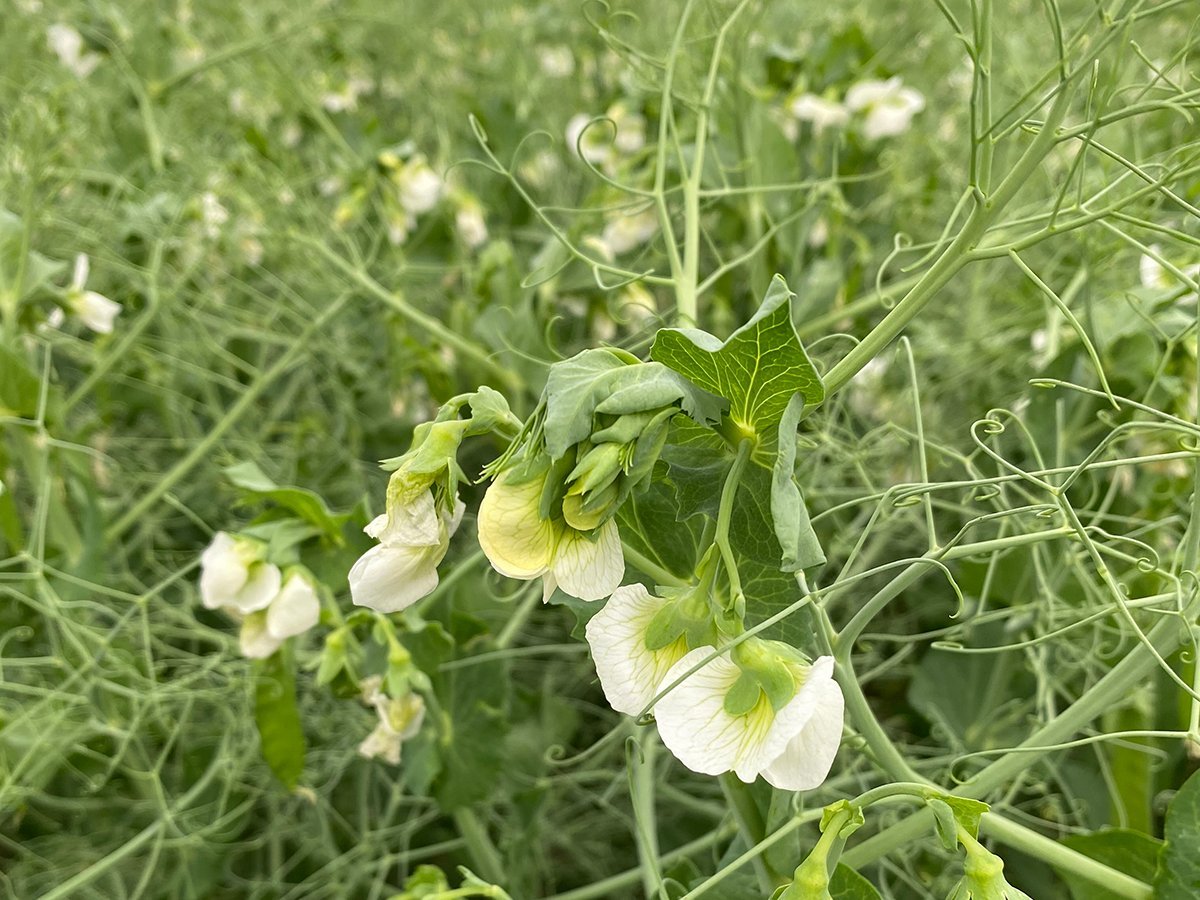How do you know when a bull market has run its course?
Errol Anderson of Pro Market Communications told Saskatchewan canola growers last week that he thinks the soybean market has risen to unrealistic levels and although it could climb higher in the short term, the looming South American harvest will eventually drive prices down.
The USDA expects a bumper 60 million tonne Brazilian crop and an Argentine crop of 36.5 million tonnes.
There are other opinions out there. Influential Oil World newsletter says the supply-demand situation is such that soybean prices will have to rise more to ration demand.
Read Also

Crop quality looks good this year across Prairies
Crop quality looks real good this year, with the exception of durum.
And some people wonder whether South America’s underdeveloped grain transportation infrastructure is up to meeting the demands that will be placed on it.
Anderson notes that Brazil’s harvest is running two weeks ahead of normal and its production could start to hit world markets in March.
With several factors pushing and pulling the market, it is hard to know when the peak has been reached.
Anderson said one signal is to look at open interest, which is the number of unfilled or outstanding contracts that exist.
Open interest can be found at the Chicago Board of Trade’s website at www.cbot.com by clicking on the daily volume section of each of the listed commodities.
A rising number means more bullish speculators are entering the market.
When the open interest starts to fall, it is a signal that interest is waning. It is as though a driver has eased off the gas pedal.
Don’t wait too long
Like almost all analysts, Anderson warned that trying to catch the peak of the market is nearly impossible.
Greed causes almost everyone to hang on too long. By the time they lose hope in the market recovering, the price has fallen to disappointing levels. It is much better to set several ascending price targets. At each, you sell a percentage of your crop.
Anderson also recommended that producers not select round numbers as their targets, because that is the norm.
For example, an $8 per bushel target for canola would be common, but because it is, when the target is reached a flood of canola hits the market, and by the time your canola is priced, the market may have fallen.
It may be better to have a target of $7.95 per bu.














